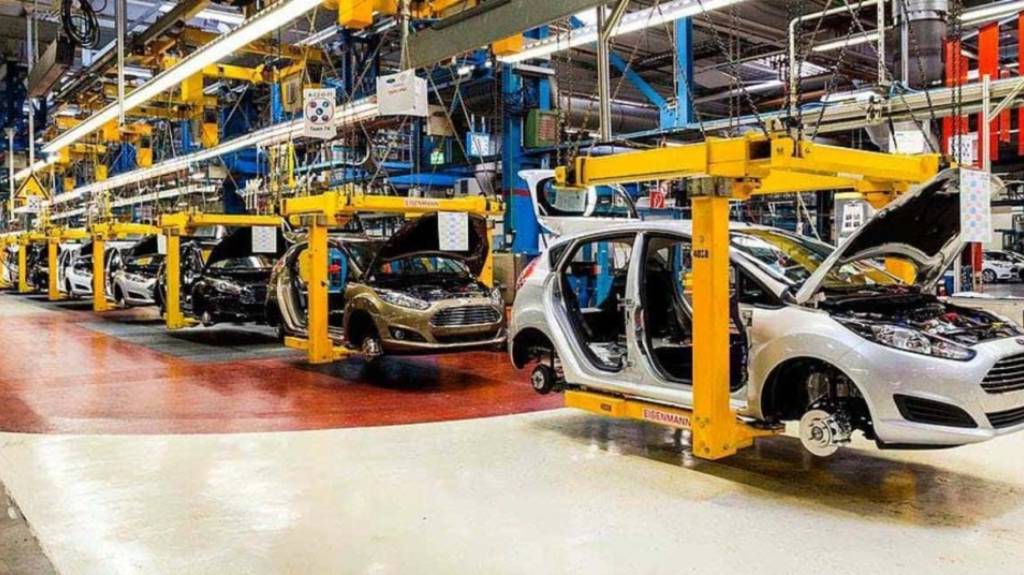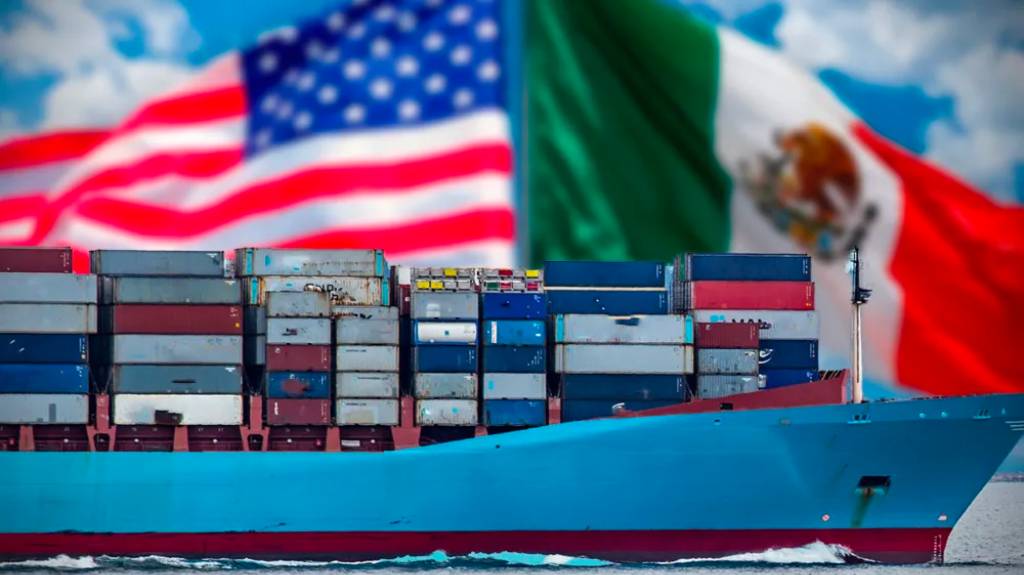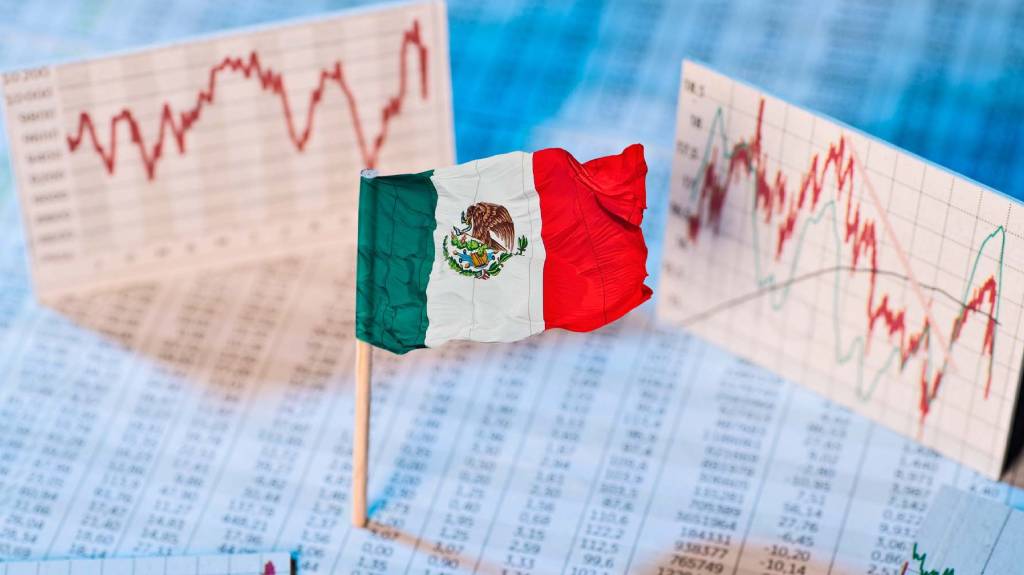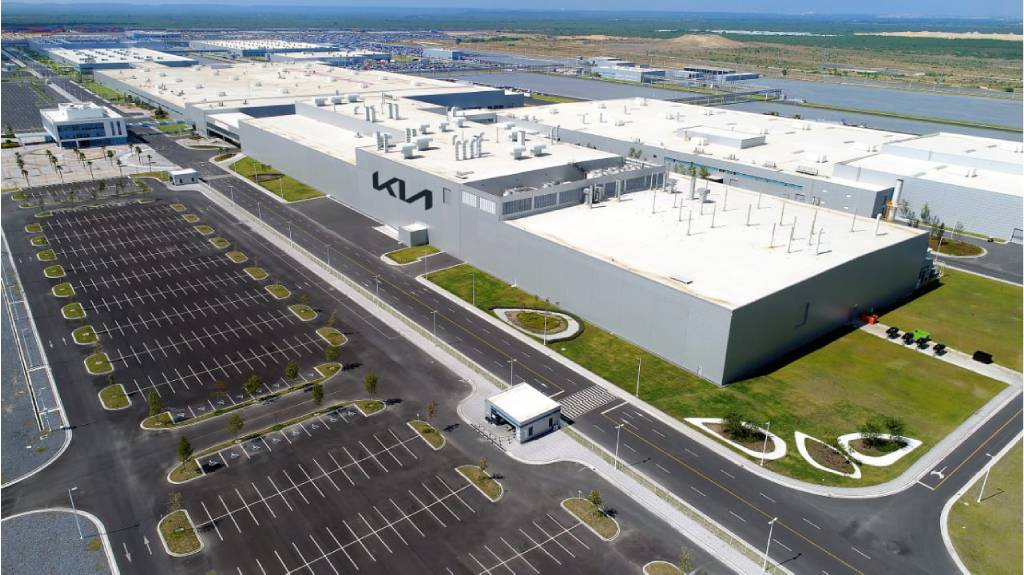

New battery capacity is being built all over the world, to meet demand for electric vehicles and energy storage applications.
Batteries will be a crucial piece of the decarbonisation jigsaw, playing a crucial role in cutting emissions from the power sector and from transportation.
But if they are to succeed in that task, they need to become cheaper. Thankfully, there is every sign that this is happening. The latest annual battery price survey from BloombergNEF shows that the cost of battery energy storage fell 13% in 2019, continuing a decade-long trajectory towards affordability.
Battery prices, which were above $1,100 per kilowatt-hour in 2010, have fallen by 87% in real terms to $156/kWh in 2019. By 2023, average prices will be close to $100/kWh, according to the latest forecast from the research company.
Costs fell this year as a result of the ongoing scaling up of the industry, with manufacturers seeing bigger orders as the electric vehicle market grew strongly and high energy density cathodes became increasingly commonplace. The introduction of new pack designs and falling manufacturing costs will continue to drive prices down in the near term.
BNEF’s 2019 Battery Price Survey predicts that as cumulative demand passes 2TWh in 2024, prices will fall below $100/kWh. This price is seen as the point around which EVs will start to reach price parity with internal combustion engine vehicles. However, this varies depending on the region of sale and the type of vehicle.
James Frith, BNEF’s senior energy storage analyst and author of the report, said: “According to our forecasts, by 2030 the battery market will be worth $116 billion annually, and this doesn’t include investment in the supply chain. However, as cell and pack prices are falling, purchasers will get more value for their money than they do today.”
BNEF’s analysis finds that as batteries become cheaper, more sectors are switching to electrification. For example, it is becoming increasingly attractive to electrify commercial vehicles such as delivery vans. The result will be increasing differentiation in cell specifications, with commercial and high-end passenger vehicles likely to use batteries that provide a longer cycle life, rather than focus on continued price declines. Meanwhile, for mass market passenger EVs, low battery prices will remain the most critical goal.
The price of the technology will continue to fall through the 2020s as capacity builds and capital expenditure requirements fall, as new pack designs come on to the market and as supply chains develop and mature.
Logan Goldie-Scot, head of energy storage at BNEF, said: “Factory costs are falling thanks to improvements in manufacturing equipment and increased energy density at the cathode and cell level. The expansion of existing facilities also offers companies a lower-cost route to expand capacity.”
As the world’s largest car and truck makers start to produce their own bespoke EV platforms, they will be able to simplify battery pack designs and standardize them across different EV model, which will make them easier to manufacture and to scale up or down depending on the size of the vehicle. They will also make thermal management simpler and could reduce the amount of housing required for each module, cutting the amount of material used. “As automakers start procuring cells from multiple suppliers for a single platform, there is also an increasing level of standardization in cell design,” BNEF added.
EV demand in Europe is growing as new EU rules come into force in 2020, and supply chains are changing. Increasingly, battery manufacturers are building plants in the region. This helps to reduce some of the costs associated with importing cells from overseas, especially transportation costs and import duties.
Meanwhile, in the US, activity is also picking up. Amazon has ordered 100,000 electric delivery vans from Rivian, a company based in Michigan, while DHL is running pilot programs using its own StreetScooter electric vehicles.
The path to achieving $100/kWh by 2024 looks promising, BNEF said, “even if there will undoubtedly be hiccups along the way”.
“There is much less certainty on how the industry will reduce prices even further, from $100/kWh down to $61/kWh by 2030,” the report said. “This is not because it is impossible but rather that there are a variety of options and paths that can be taken.”
As we get closer to the second half of the 2020s energy density at the cell and pack level will play a growing role, as it allows for more efficient use of materials and manufacturing capacity. New technologies like silicon or lithium anodes, solid state cells (as I highlighted last week here) and new cathode materials will be key to helping cost reductions play out.
Source: Mike Scott | https://www.forbes.com
US toll-free: +1 (877) 698 3905
CAN toll-free: +1 (844) 422 4922
start@americanindustriesgroup.com
Please note that we do not accept job applications here. If you are interested in applying for a position, please visit the following link: https://www.americanindustriesgroup.com/jobs/
Related posts





